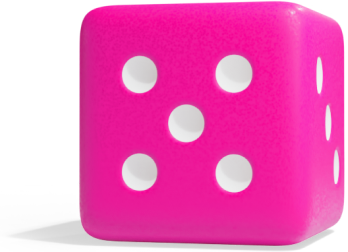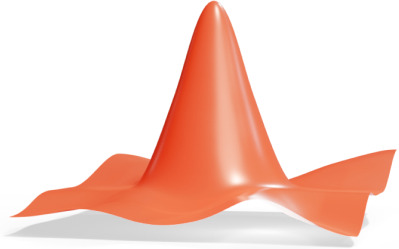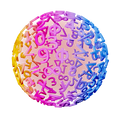Numbers and Quantities
Integers greater than 1 which are not prime are called composite numbers. All composite numbers can be written as a product of prime numbers. To find these prime numbers (factors), you do something called prime factorization. There are several methods for that. Here I’ll show you how to use a factor tree.
Video Crash Courses
Want to watch animated videos and solve interactive exercises about prime factorization? Click here to try the Video Crash Course called “Factorization of Numbers”!
Rule
Factor Trees
- 1.
- Find a product that has the number you want to factorize as the answer
(example: ).
- 2.
- Check if any of the factors are prime numbers. If you have a prime number, put a ring around it (3 is a prime number, put a ring around it).
- 3.
- If one or both of the numbers are not prime numbers, you need to find a product that is equal to the number(s) that are not prime numbers. (8 is not a prime number, you find the product ).
- 4.
- Check if any of these factors are prime numbers. If you have a prime number, put a ring around it (2 is a prime number, put a ring around it).
- 5.
- If one or both of the numbers are not prime numbers, you have to find a new product that equals the number(s) that are not prime numbers. (4 is not a prime number, you find the product ).
- 6.
- Check if any of the factors are prime numbers. If you have a prime number, put a ring around it. (2 is a prime number, put a ring around it).
- 7.
- Repeat the steps until all the arrows end in a number with a ring around it.
- 8.
- The numbers with rings around them are the prime factors of your number.
Example 1
Factor the number 24 into primes
24 is the product of all the prime numbers in the circles. That means you get
Example 2
Factor the number 100 into primes
100 is the product of all the prime numbers in the circles. That means you get
Example 3
Factor the number 144 into primes
144 is the product of all the prime numbers in the circles. Then you have























